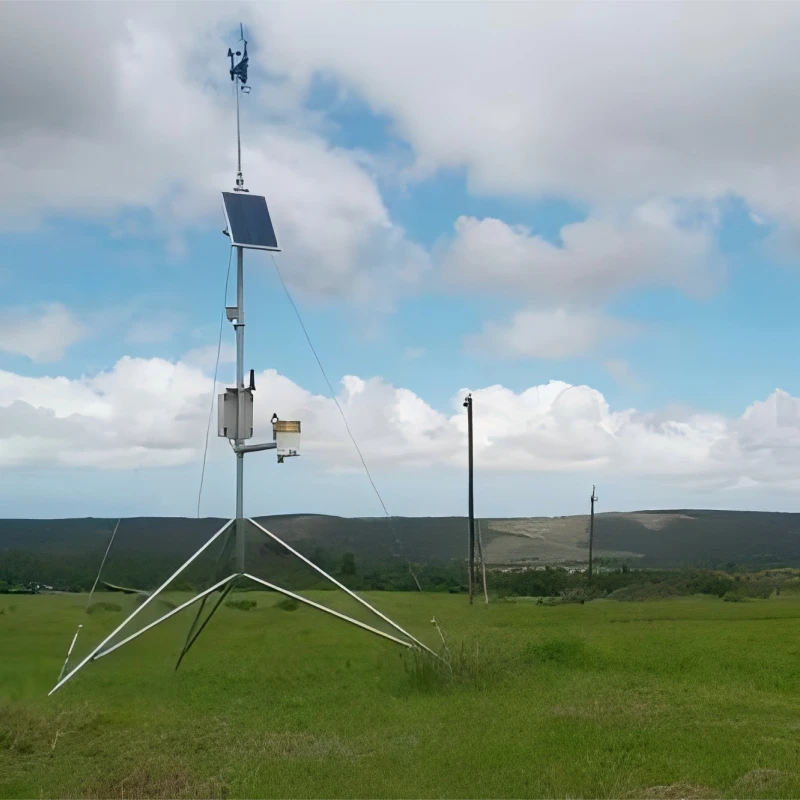
# Weather Measuring Instruments: Essential Tools for Accurate Forecasting
Weather forecasting has come a long way from relying solely on observations of the sky and wind patterns. Today, meteorologists use a variety of sophisticated weather measuring instruments to gather precise data, enabling accurate predictions and timely warnings. These tools are essential for understanding atmospheric conditions and ensuring public safety. Let’s explore some of the most important instruments used in weather measurement.
## Thermometer: Measuring Temperature
The thermometer is one of the most fundamental weather measuring instruments. It measures air temperature, which is crucial for understanding daily weather patterns and long-term climate trends. Modern thermometers use digital sensors for higher accuracy, but traditional mercury or alcohol-based thermometers are still widely used.
## Barometer: Tracking Atmospheric Pressure
A barometer measures atmospheric pressure, which is a key indicator of weather changes. High pressure often indicates clear skies, while low pressure can signal storms or rain. Barometers come in two main types: mercury barometers and aneroid barometers. Both are vital for predicting short-term weather shifts.
## Anemometer: Gauging Wind Speed
Wind speed is a critical factor in weather forecasting, and the anemometer is the go-to instrument for measuring it. This device typically consists of rotating cups or propellers that spin in response to wind. The faster the rotation, the higher the wind speed. Anemometers are often paired with wind vanes to determine wind direction as well.
## Hygrometer: Measuring Humidity
Humidity levels play a significant role in weather patterns and human comfort. Hygrometers measure the amount of moisture in the air, helping meteorologists predict precipitation, fog, or dew. Modern hygrometers use electronic sensors, while older models rely on materials like human hair, which expand or contract based on humidity.
## Rain Gauge: Measuring Precipitation
A rain gauge is a simple yet essential tool for measuring the amount of precipitation over a specific period. It typically consists of a cylindrical container that collects rainwater, which is then measured in millimeters or inches. Accurate precipitation data is crucial for flood forecasting and water resource management.
## Weather Balloons: Collecting Upper-Atmosphere Data
Weather balloons are used to gather data from the upper atmosphere, where ground-based instruments cannot reach. These balloons carry radiosondes, which measure temperature, humidity, pressure, and wind speed at various altitudes. The data collected helps create detailed weather models and forecasts.
## Satellite Imagery: A Global Perspective
Weather satellites provide a bird’s-eye view of the Earth’s atmosphere, capturing images and data on cloud cover, storm systems, and temperature gradients. This information is invaluable for tracking large-scale weather patterns, such as hurricanes and typhoons, and for monitoring climate change.
## Conclusion
Weather measuring instruments are the backbone of modern meteorology. From thermometers and barometers to satellites and weather balloons, these tools provide the data needed to understand and predict the ever-changing atmosphere. Accurate forecasting not only helps us plan our daily activities but also saves lives by providing early warnings for severe weather events. As technology advances, these instruments will continue to evolve, further enhancing our ability to predict and respond to the weather.
Keyword: weather measuring instruments
